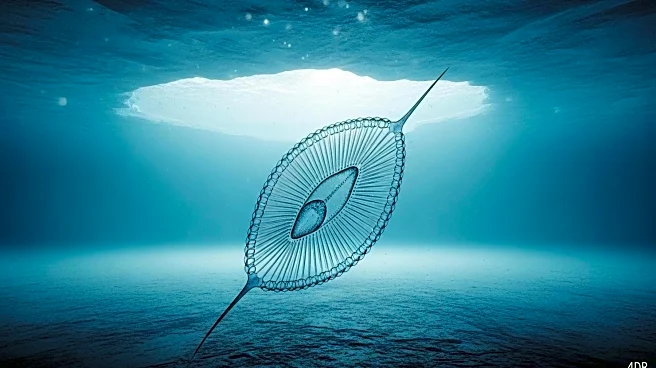What is the story about?
What's Happening?
Recent research conducted at Saarland University has revealed that the slipperiness of ice is not primarily due to pressure or friction, as traditionally believed, but rather the result of molecular dipole interactions. This study, led by Professor Martin Müser and his team, challenges the long-standing theory proposed by James Thompson nearly two centuries ago. The research indicates that when a shoe sole comes into contact with ice, the dipole-dipole interactions between the molecules in the shoe and the ice disrupt the ice's crystalline structure, creating a thin liquid layer that causes slipperiness. This discovery also debunks the notion that skiing is impossible at extremely low temperatures due to the absence of a lubricating liquid film.
Why It's Important?
This breakthrough in understanding the mechanics of ice slipperiness has significant implications for various fields, including physics, sports, and safety. By identifying the true cause of ice's slipperiness, scientists can better predict and manage conditions that lead to accidents on icy surfaces. This knowledge could lead to the development of new materials or technologies to improve traction and safety in icy environments. Additionally, the findings may influence the design of winter sports equipment, potentially enhancing performance and safety for athletes. The research also contributes to the broader scientific understanding of molecular interactions and their effects on material properties.
AI Generated Content
Do you find this article useful?













